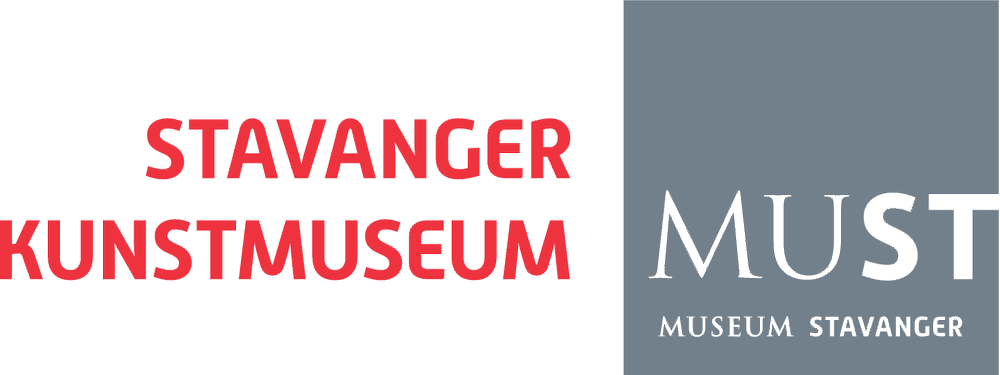Johanne Hestvold
Born 1988, Bergen. Lives and works in Oslo.
Johanne Hestvold focuses on the fundamental principles of sculpture, architecture and painting, exploring them through an artistic expression that paraphrases the minimalist tradition we know from art history. Her works grapple with a host of research questions, not least concerning the boundary between representation and abstraction, and between two and three dimensions. In several projects, she responds to specific historical paintings, abstracting and developing her results into spatial installations. One example is Utsikt (Hammershøi), which was exhibited at the art society Oslo Kunstforening in 2012; this minimalist installation, the title of which means View, literally reflected the gallery’s spaces and windows in a visual syntax inspired by the Danish painter Wilhelm Hammershøi’s (1864-1916) sober interiors, but with a radically abstract result. The art historical reference becomes part of Hestvold’s creative process, abstracted and formed into works that are just as much about formal research questions concerning form, composition and the use of materials as they are about sculpture’s relation to the room and the viewer.
In the works featured in NN-A NN-A NN-A, the art historical references are restrained and abstracted. The germinal ideas for the works are from pattern leavesfor clothing such as sarongs and tunics. The shapes are simplified into geometrical forms rendered in industrial materials such as plastic, aluminium and copper pipes. Here the artist has allowed herself to be inspired by a bevy of references, from the Baroque painter el Greco’s treatment of human figures and clothing, to the minimalist American painter Robert Mangold’s way of treating a painted surface as a sculptural form. El Greco’s figural representations are remarkable for how they emphasize surfaces and painterly qualities; he treated drapery as an independent field of colour, with the result that his pictures gained a flat expression. Mangold, for his part, cut geometrical shapes out of the canvas and used industrial materials such as veneer, paint rollers and house paint – all of which find an echo in Hestvold’s sculptural paintings.
Hestvold has herself described how she draws inspiration from art history, treating it as an archive to be extracted from and transformed into new works. Even though the works draw on a multitude of references, Hestvold is also concerned about the public’s encounter with the finalized, pure forms and how they interact with the exhibition architecture. Her use of pattern leavesalso has direct relevance to the human dimensions and the boundary between abstraction and figuration.
Whereas her earlier titles often point to a specific painting or artist, she now works more freely with titles and draws on Dadaistic and Concrete poetry. Her works for the exhibition NN-A NN- A NN-A have names such as IIAO, OIO, EV VU and ØDØI. They signify a further development in the abstract formal language that dominates her artistic endeavour. The letter combinations appear arbitrary and meaningless, but when paying attention to the letters’ visual forms, one can notice a resonance with the artworks’ forms. The term ‘concrete poetry’ denotes a welter of experimental approaches to language and poetry that grew out of the avant-garde movement in the early 1900s. The concept itself was widely used in the 1950s to describe experimental literary practices that emphasized the visual, kinetic or audial aspects of words rather than their semantic content. This type of poetry is interesting to several of NN-A NN-A NN-A’s artists, also being a source of inspiration for the exhibition’s title.
Ida Sannes Hansen





